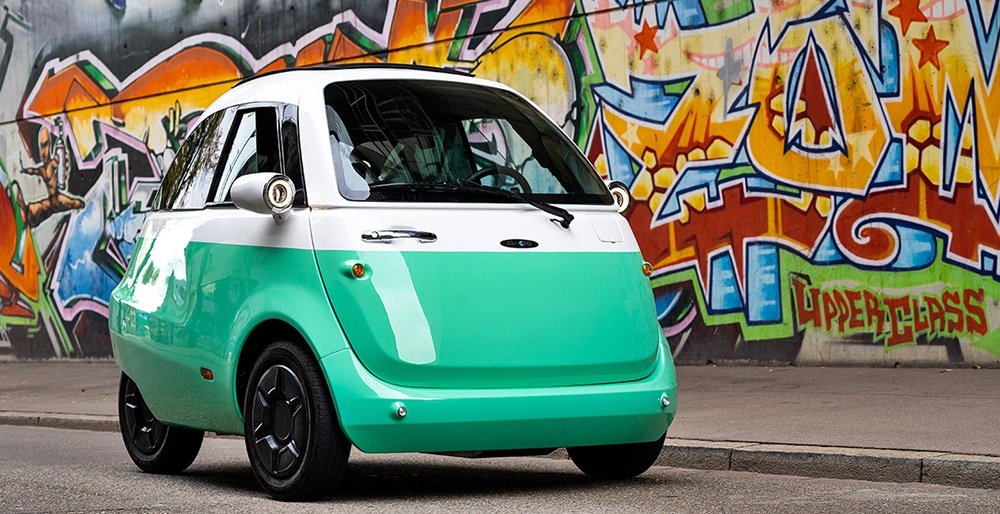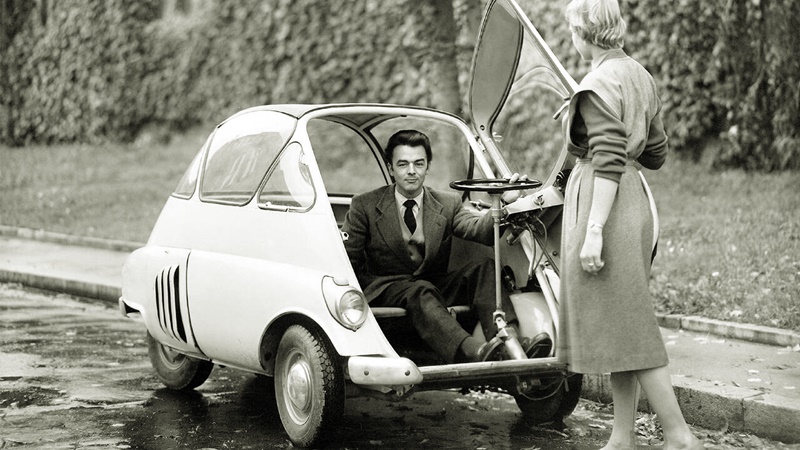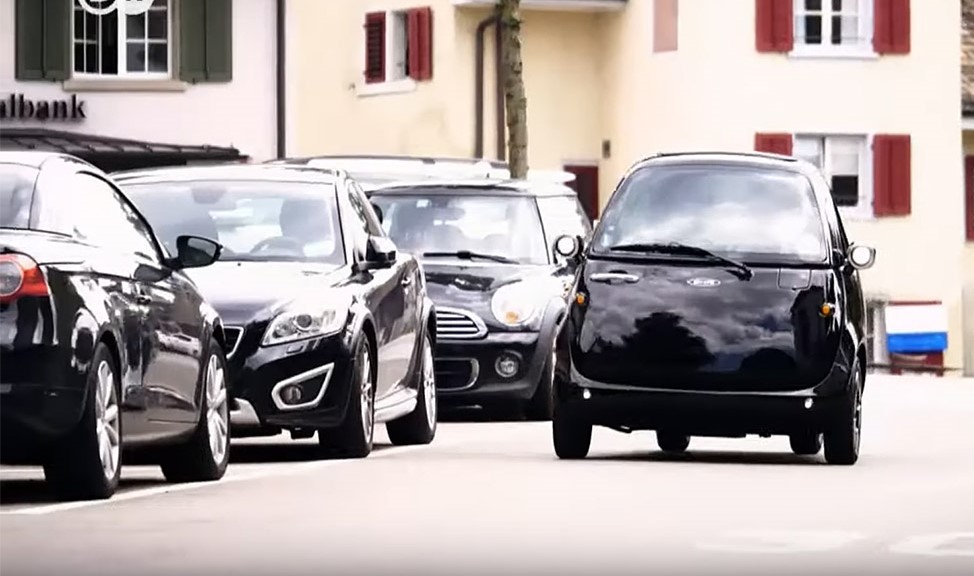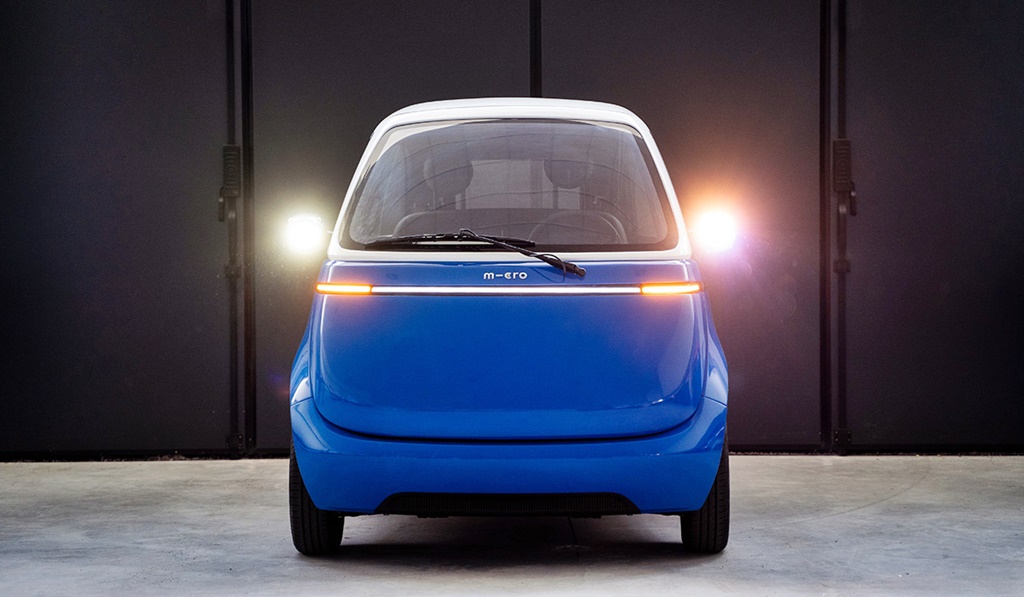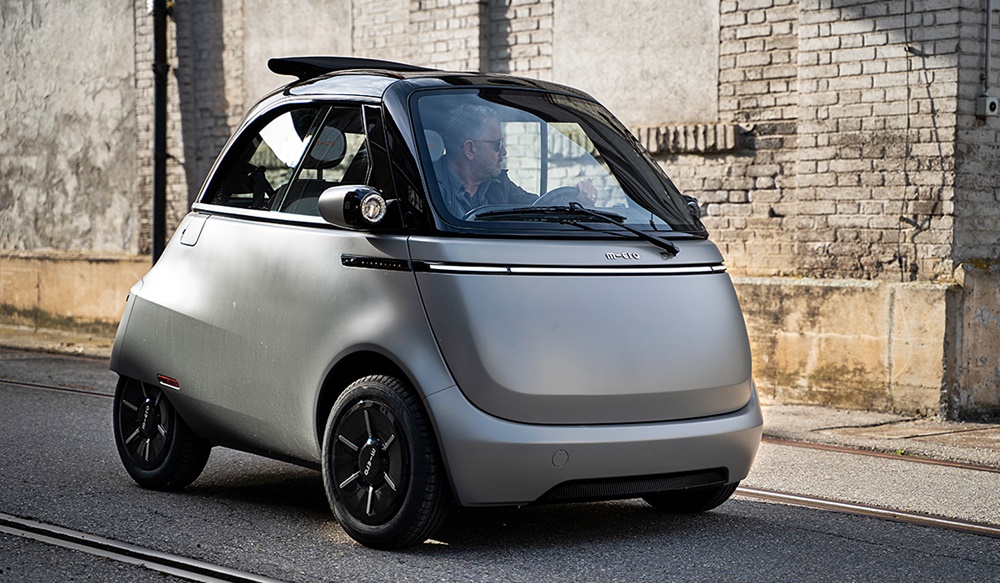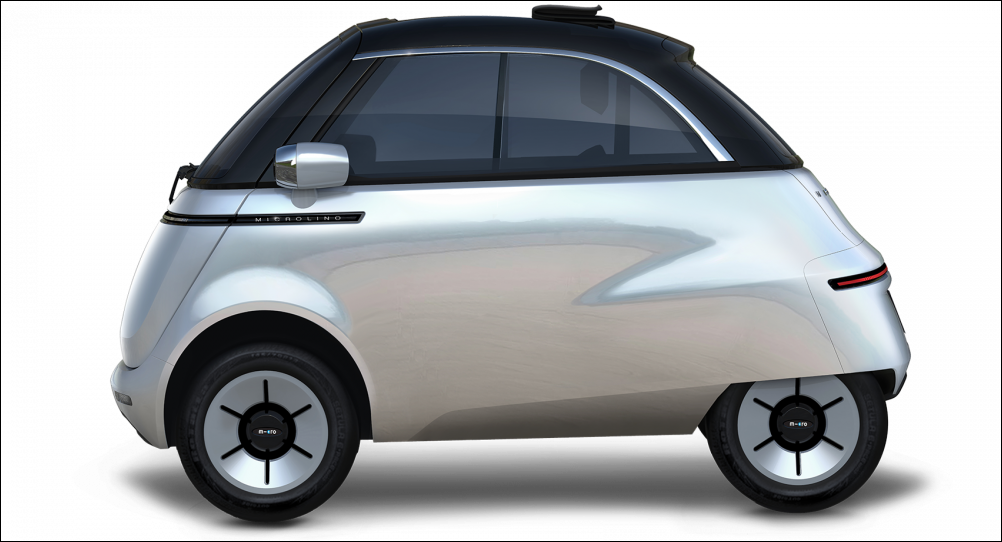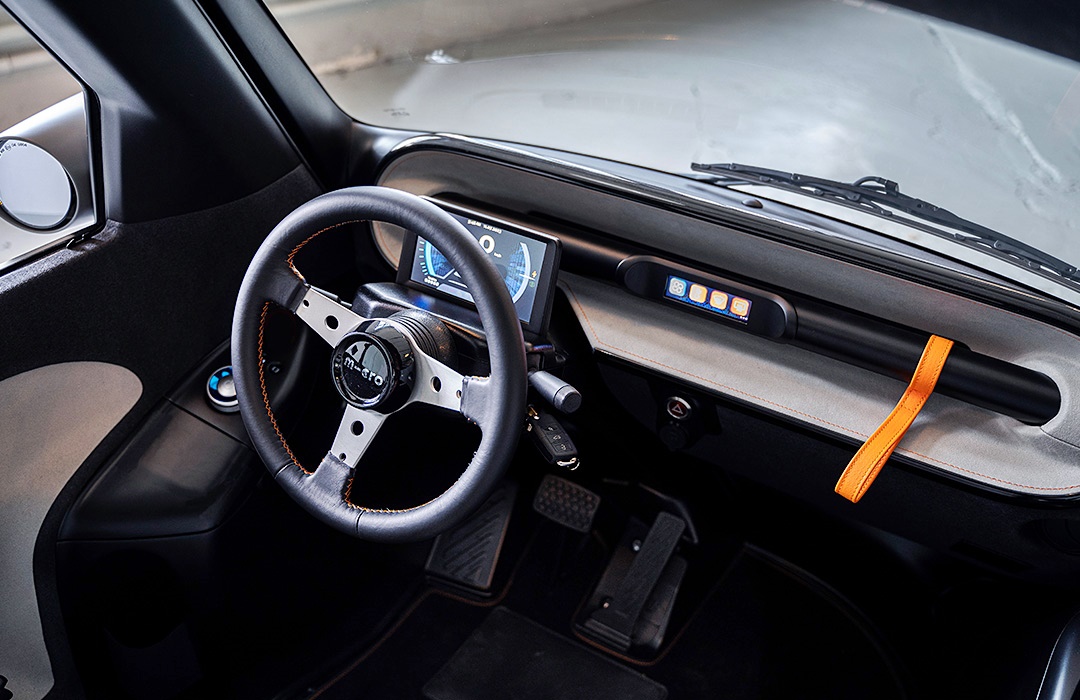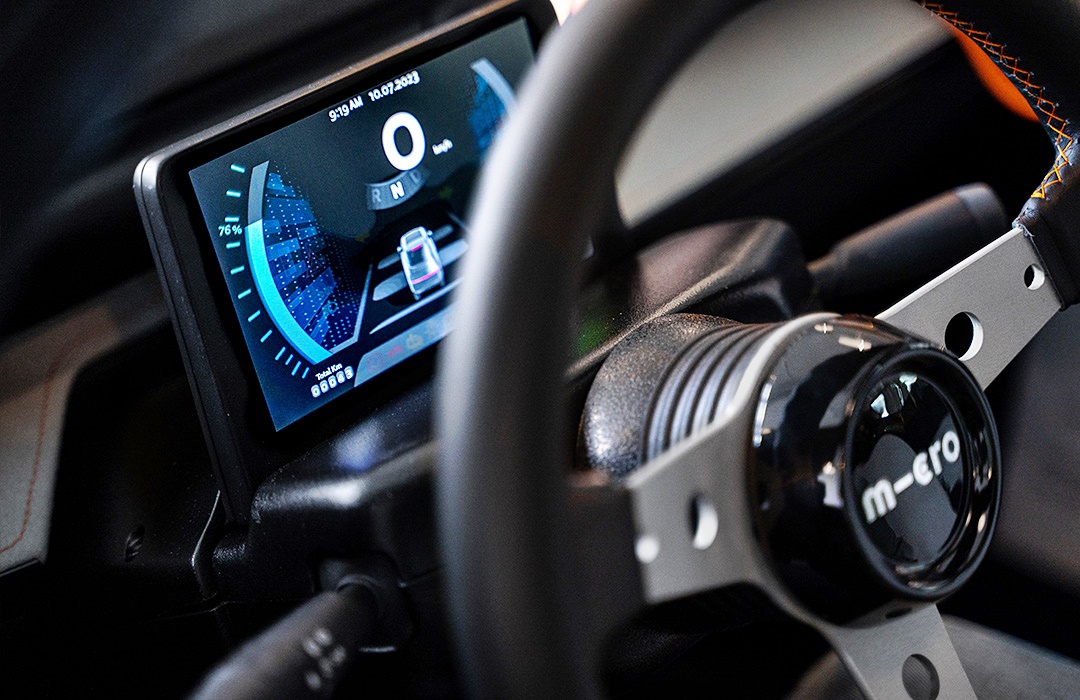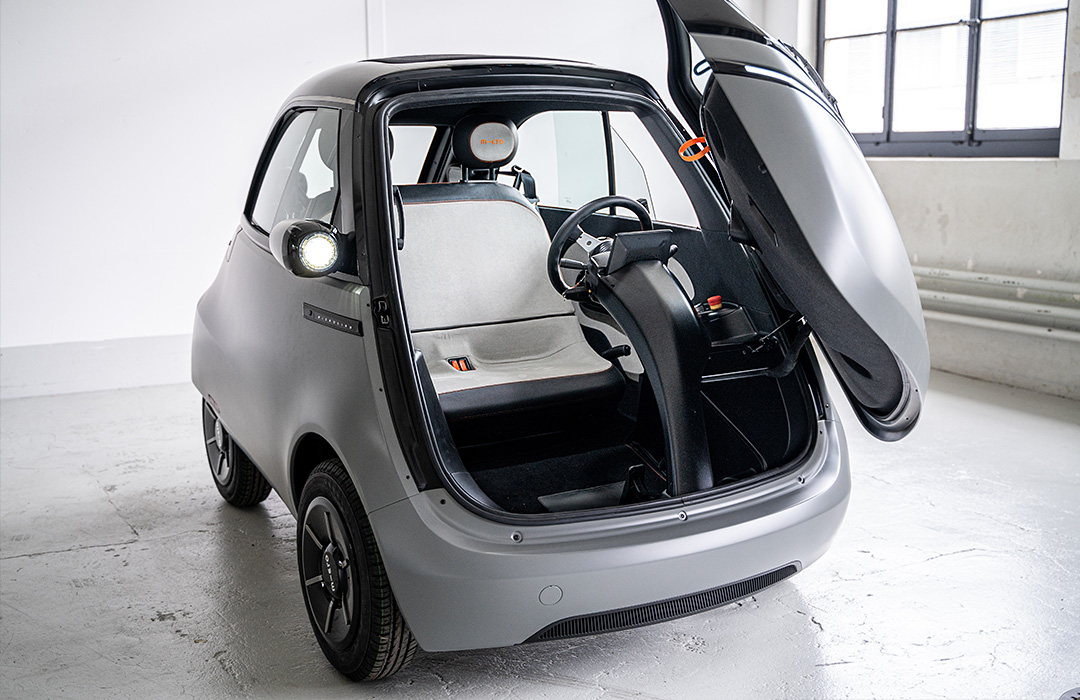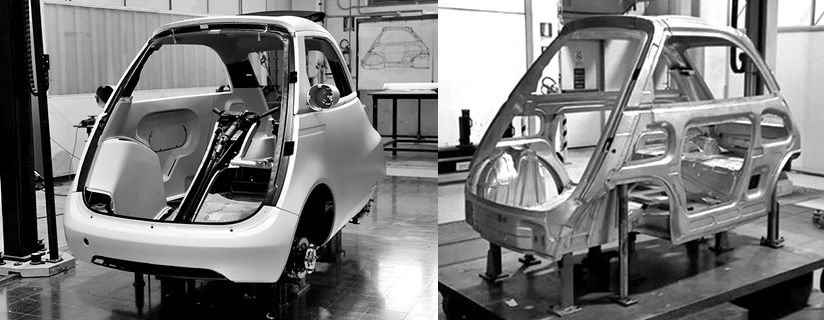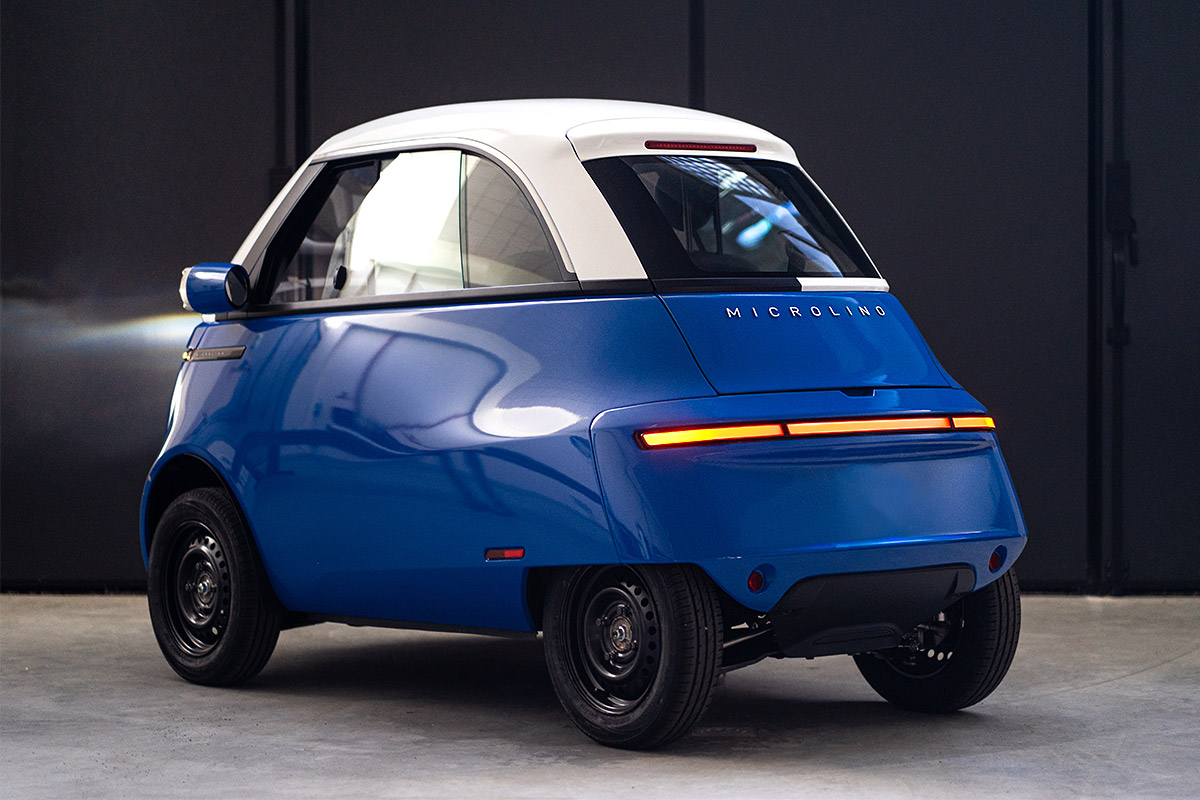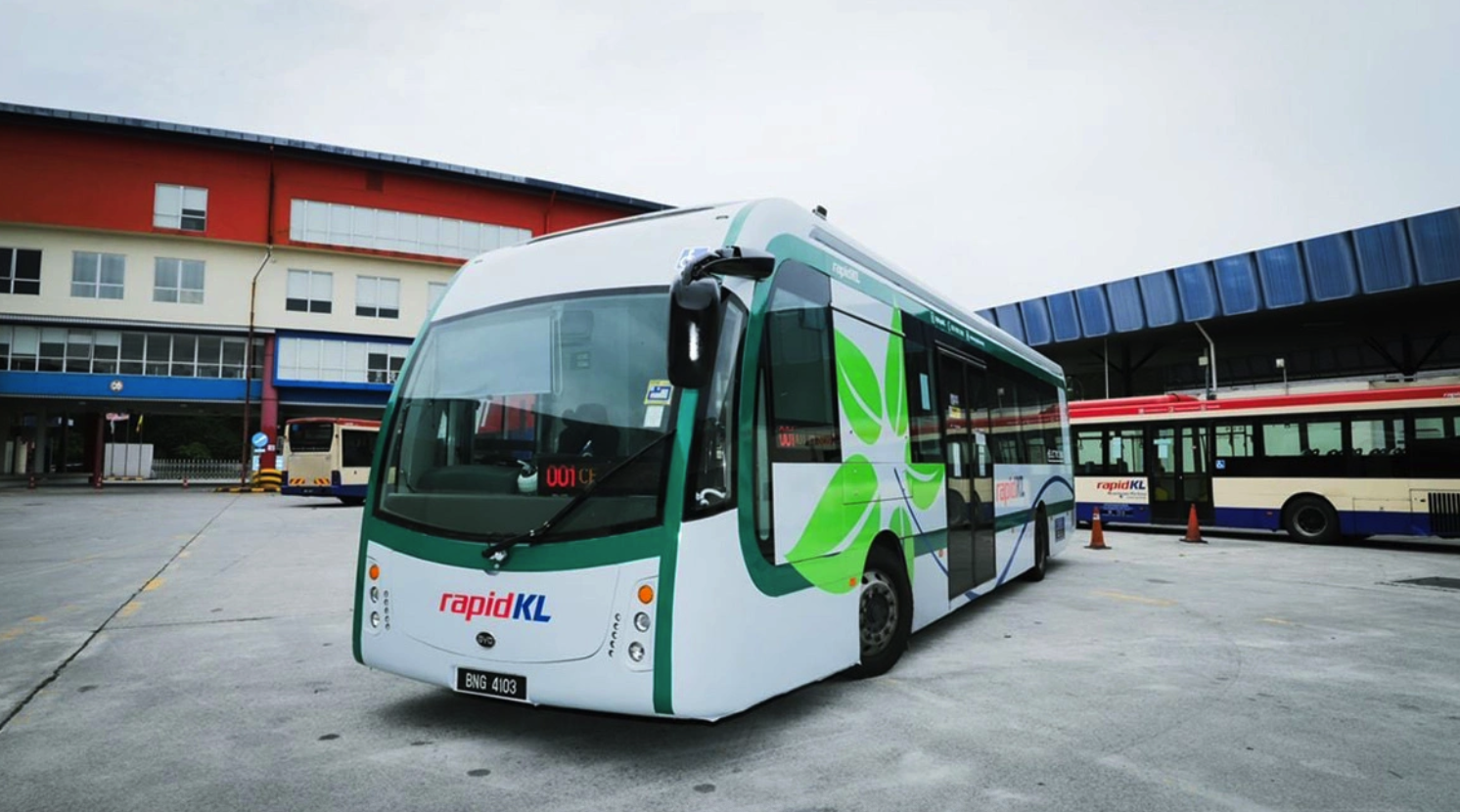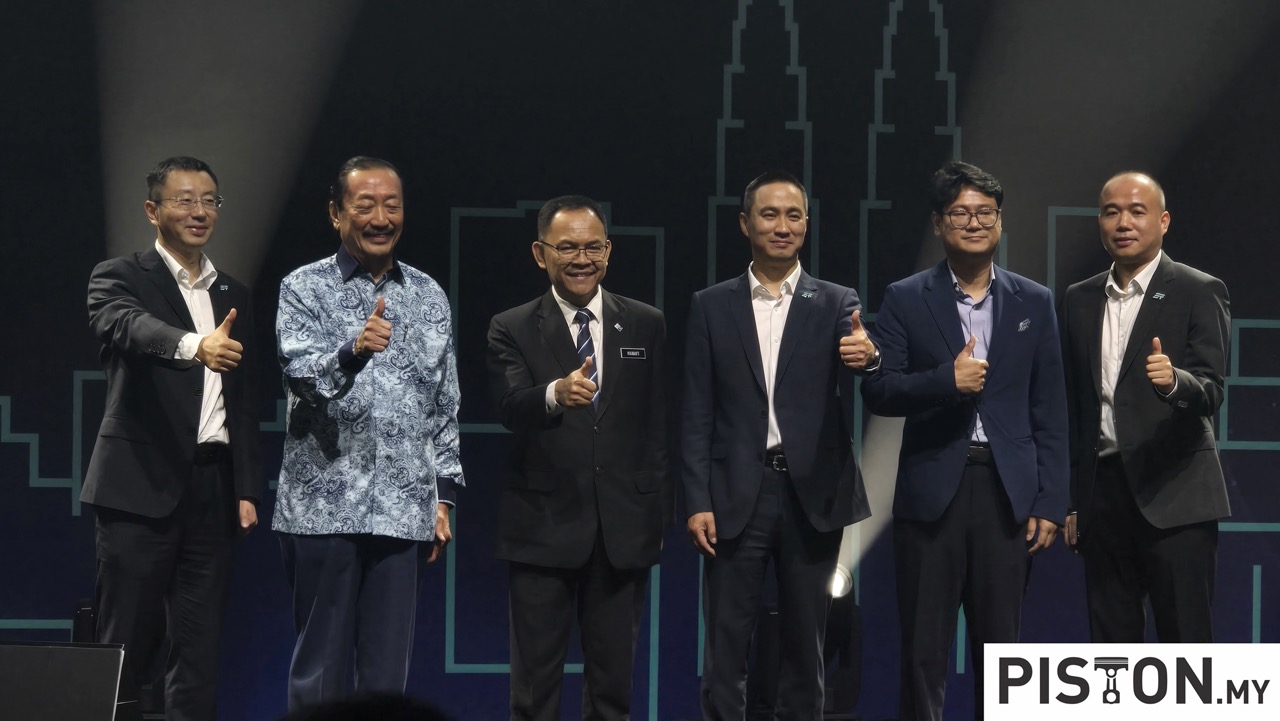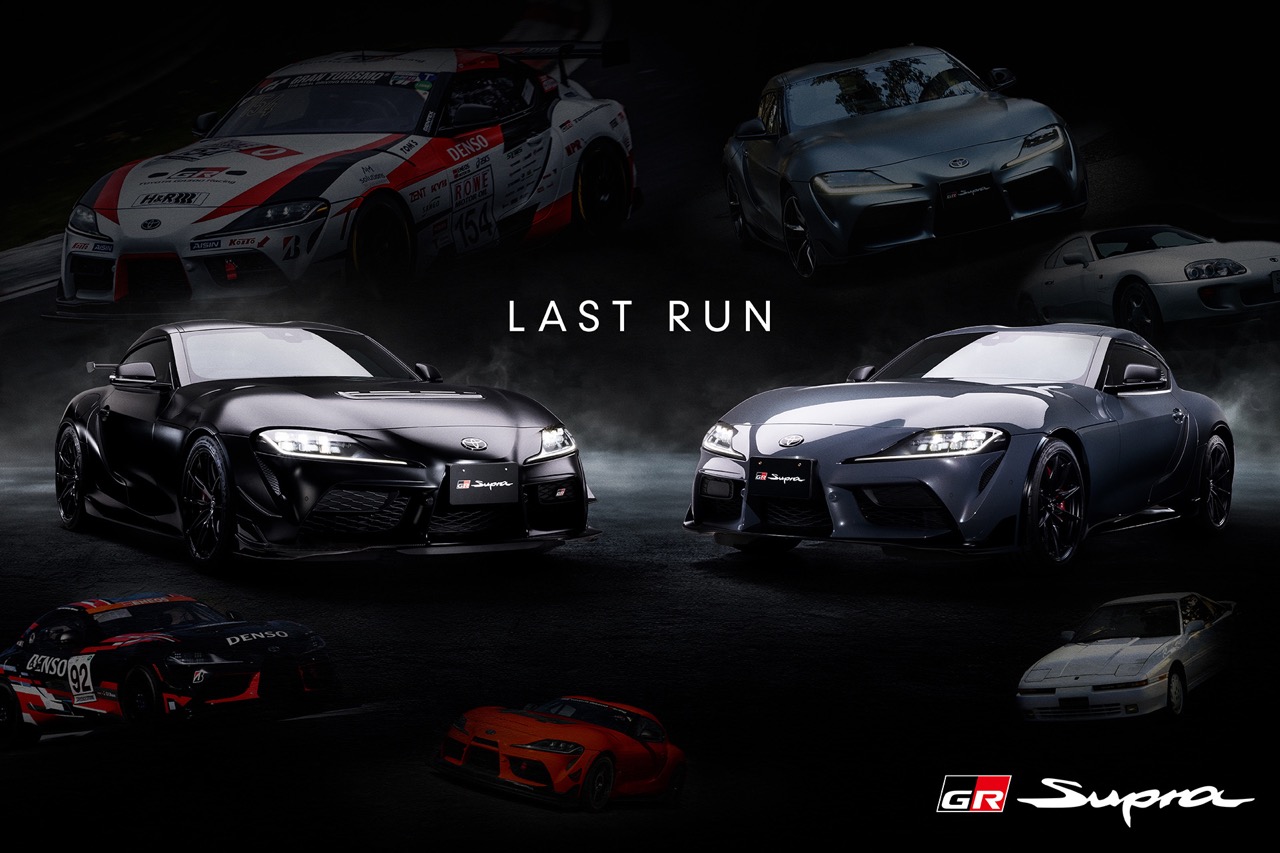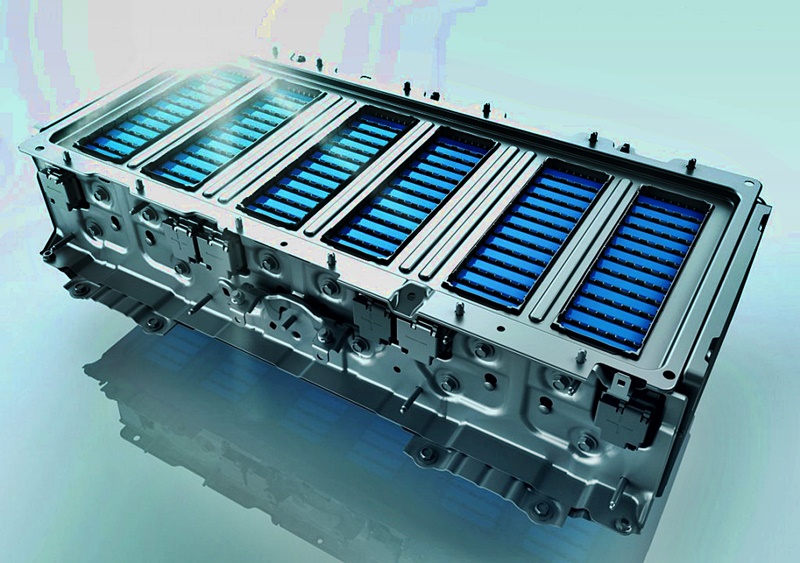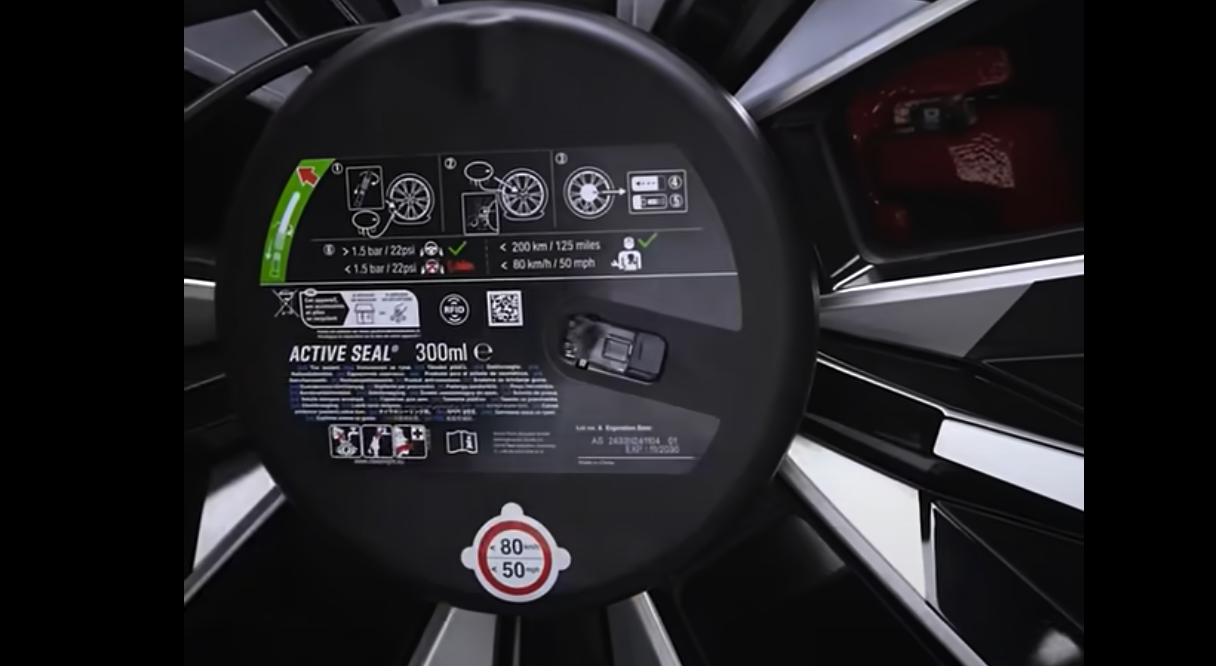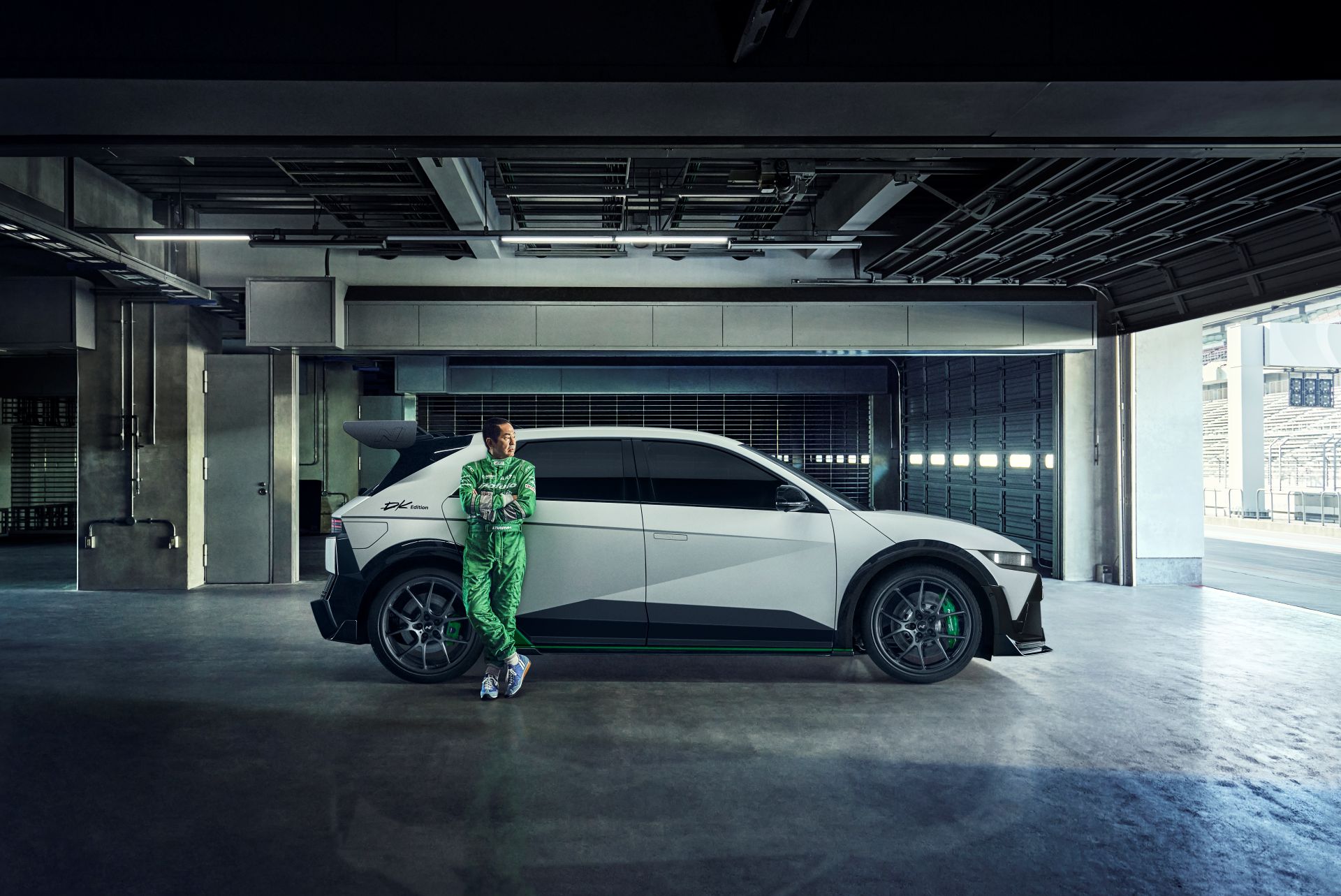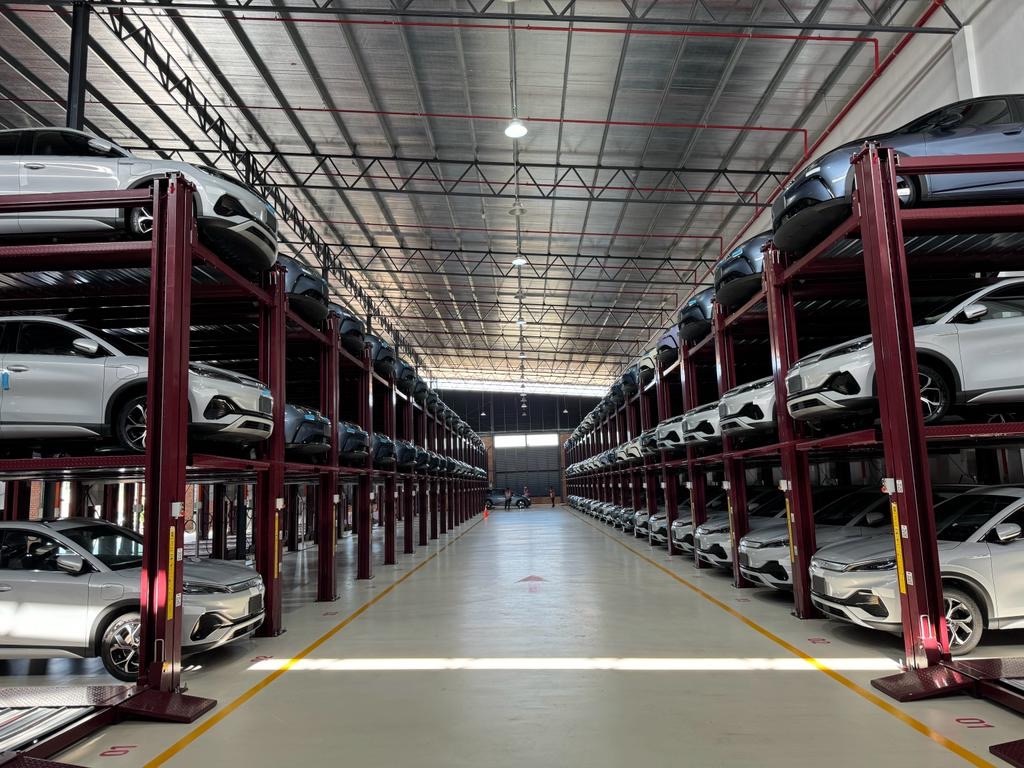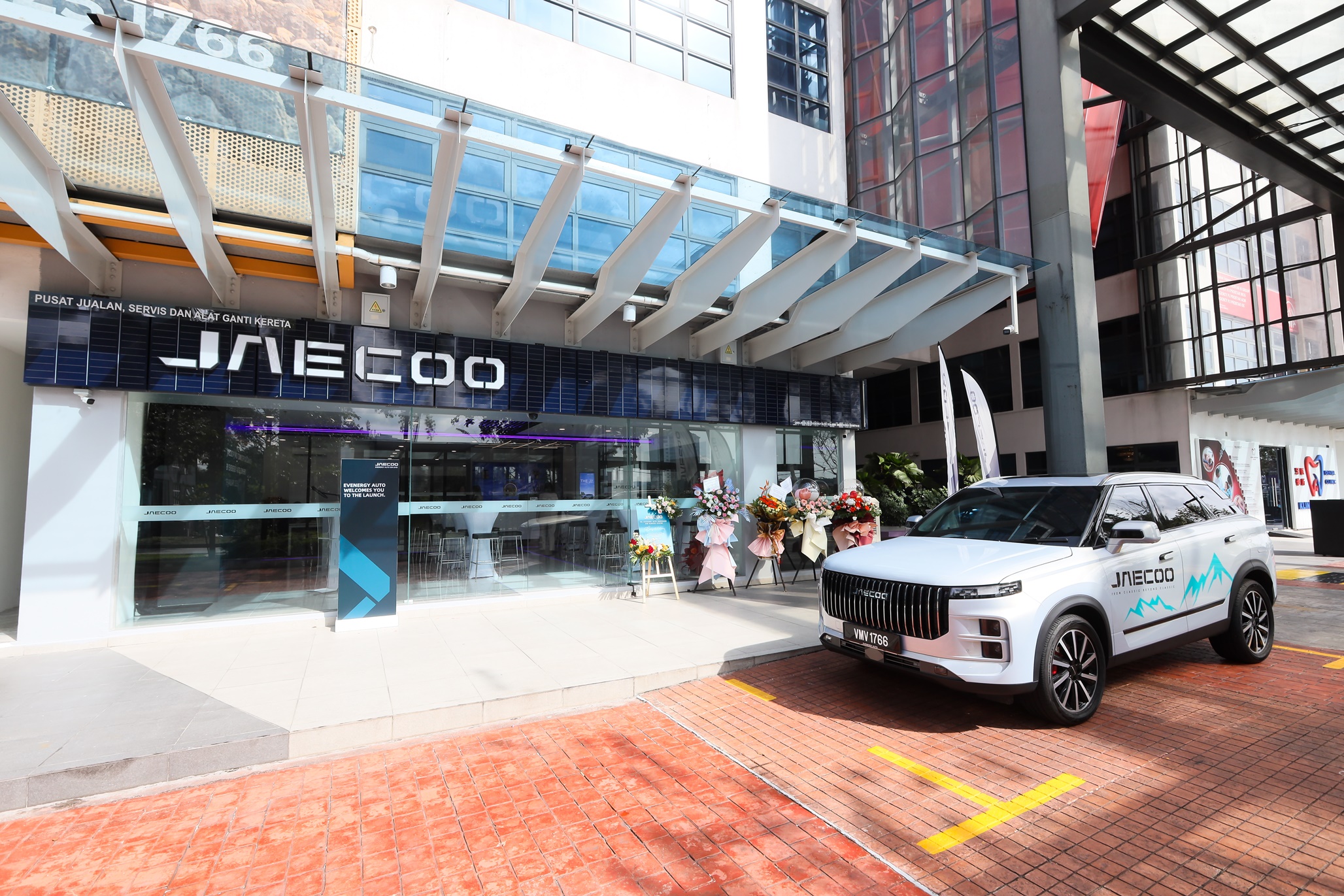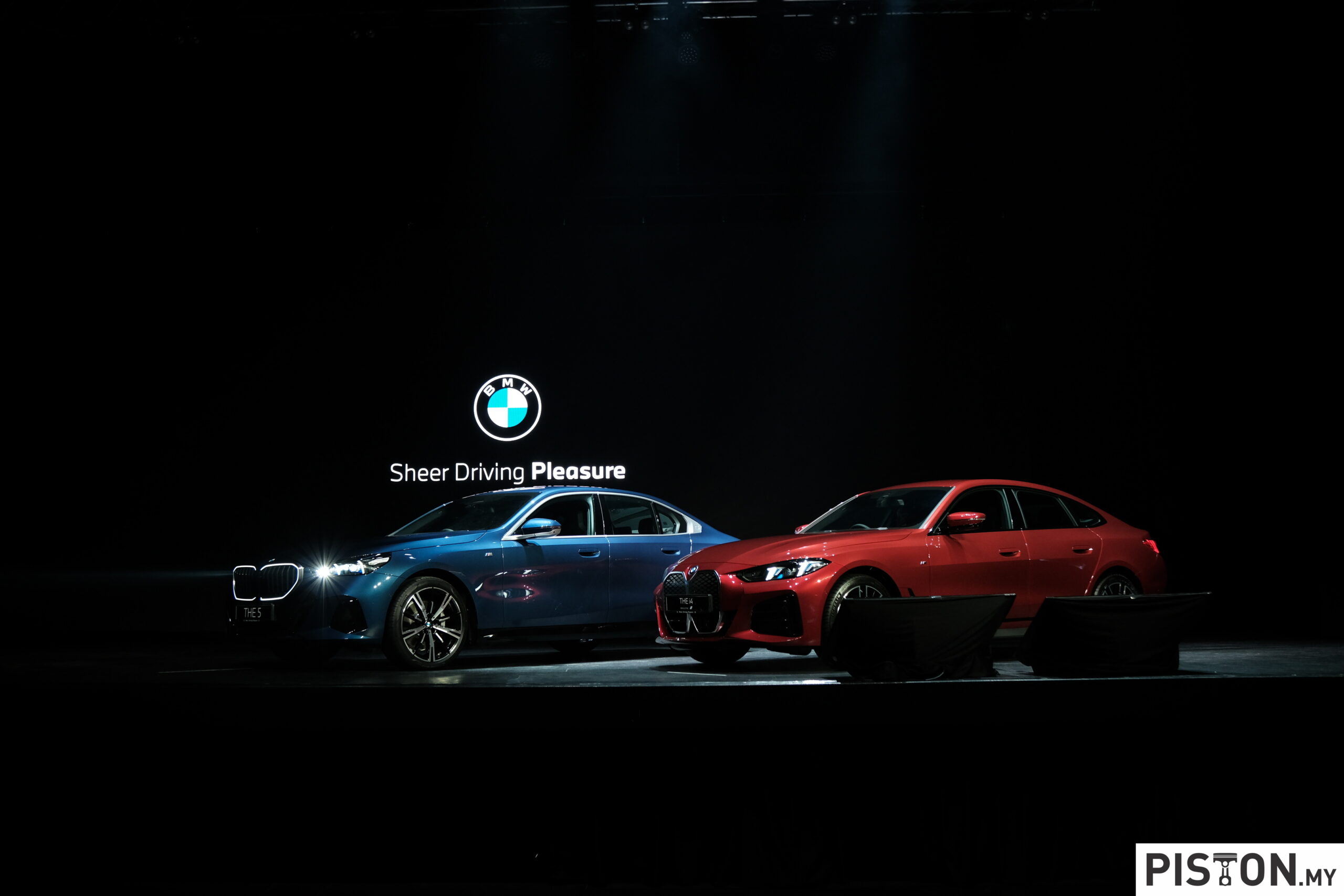The era of the ‘bubble cars’ was during the 1950s and 1960s and were low-cost, very basic, motorized vehicles for two persons. They were made by manufacturers that no longer exist with the exception of companies like Citroen and BMW, the latter having produced the Isetta under licence from Italy’s ISO Rivolta. As more conventional and spacious sedans became affordable, their popularity faded and they were regarded more as novelties.
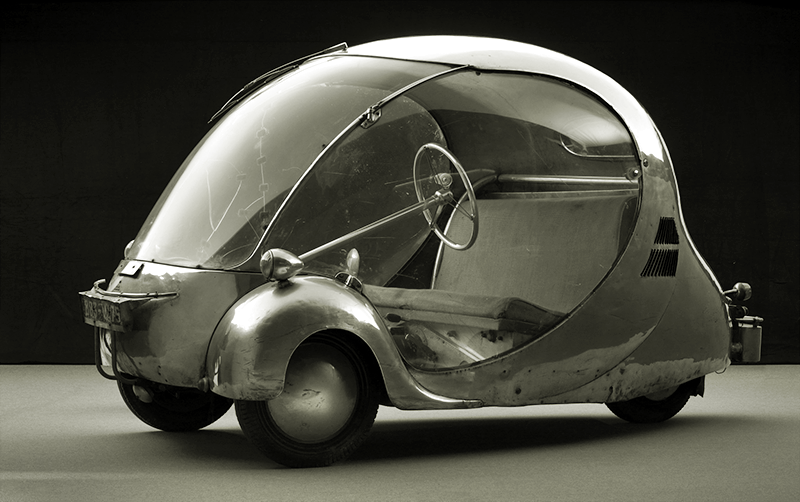
The bubble shape offers optimal space utilization though it has a constraint on size. It has been used today for microcars, especially the new generation of electrically-powered vehicles. Such vehicles are sold in Europe as ‘quadricycles’ and have a following large enough to justify their existence as a business.
How much car do you really need?
Microlino, a Swiss company, believes that the bubble car design is ideal for personal mobility in today’s urban environments. It started with a simple question: “How much car do you really need for your daily commute?” which three brothers in a Swiss family asked themselves. Coming from a completely different sector, they could not understand why most cars today are too big and too heavy for their purpose. On average, a car is occupied by just 1.2 people, travelling a daily distance of only 30 kms.
In their view, the ideal vehicle would be something between a motorbike and a car. Small and agile, but at the same time weatherproof and spacious enough for shopping. In the course of their research, they came across the bubble cars of the 1950s and used those models as inspiration for the first designs in collaboration with the Swiss university ZHAW.
Positive response after first display
A prototype was developed in China in mid-2015 and displayed at a small stand at the 2016 Geneva Motor Show. Though still in prototype stage, there was strong interest and in just two days, some 500 reservations were made by visitors. This gave them the confidence to begin engineering the vehicle to be produced for sale and they collaborated with Tazzari, an Italian car manufacturer specialising in small electric vehicles.
By the beginning of 2018, the first prototype was completed and could be submitted for homologation so that it could be registered for use on public roads. As publicity of the vehicle, known as the Microlino, became more widespread, more orders were received and at last count, they now number more than 16,000. Three prototypes have been built and after another two more, the company is looking at starting commercial production in Italy before the end of this year. Pricing will start at 12,000 euros (about RM59,000) with customers having some options to customize their vehicle.
Electric power for 21st century
While those old bubble cars used small petrol engines, the Microlino is powered by an 11 kW/100 Nm electric motor which provides a top speed of 90 km/h. Customers can choose from two lithium-ion battery packs which, depending on driving style and conditions, will give a range of between 125 kms and 200 kms, more than enough for daily urban use. Charging is said to take a maximum of 4 hours with a 2 kW wall socket.
Entry through the front
Measuring 2430 mm long, 1500 mm wide and 1450 mm tall, the cabin has space for two persons sitting next to each other and like the old bubble cars, entry is through the front. The question then is what about the steering wheel and column? As the pictures show, this is a standalone element at the front of the cabin and remains in place when the door is swung open. Presumably, it is engineered with safety in mind otherwise the Microlino would not be street-legal.
The folding roof was developed by Magna Car Top Systems, an expert in the field of convertible tops and roof systems. It can easily be opened and closed with one hand while driving and lets in a gentle breeze. The folding roof will be available as an option and comes standard in the premium versions.
The old bubble cars had a rather flimsy structure but the Microlino has more robust engineering, thanks to computer-aided design and modern lightweight but strong materials. It follows the monocoque concept, like modern cars, and is made out of pressed steel and aluminium parts, the first product in its category to use this structure. It weighs just 513 kgs with the battery pack installed.




